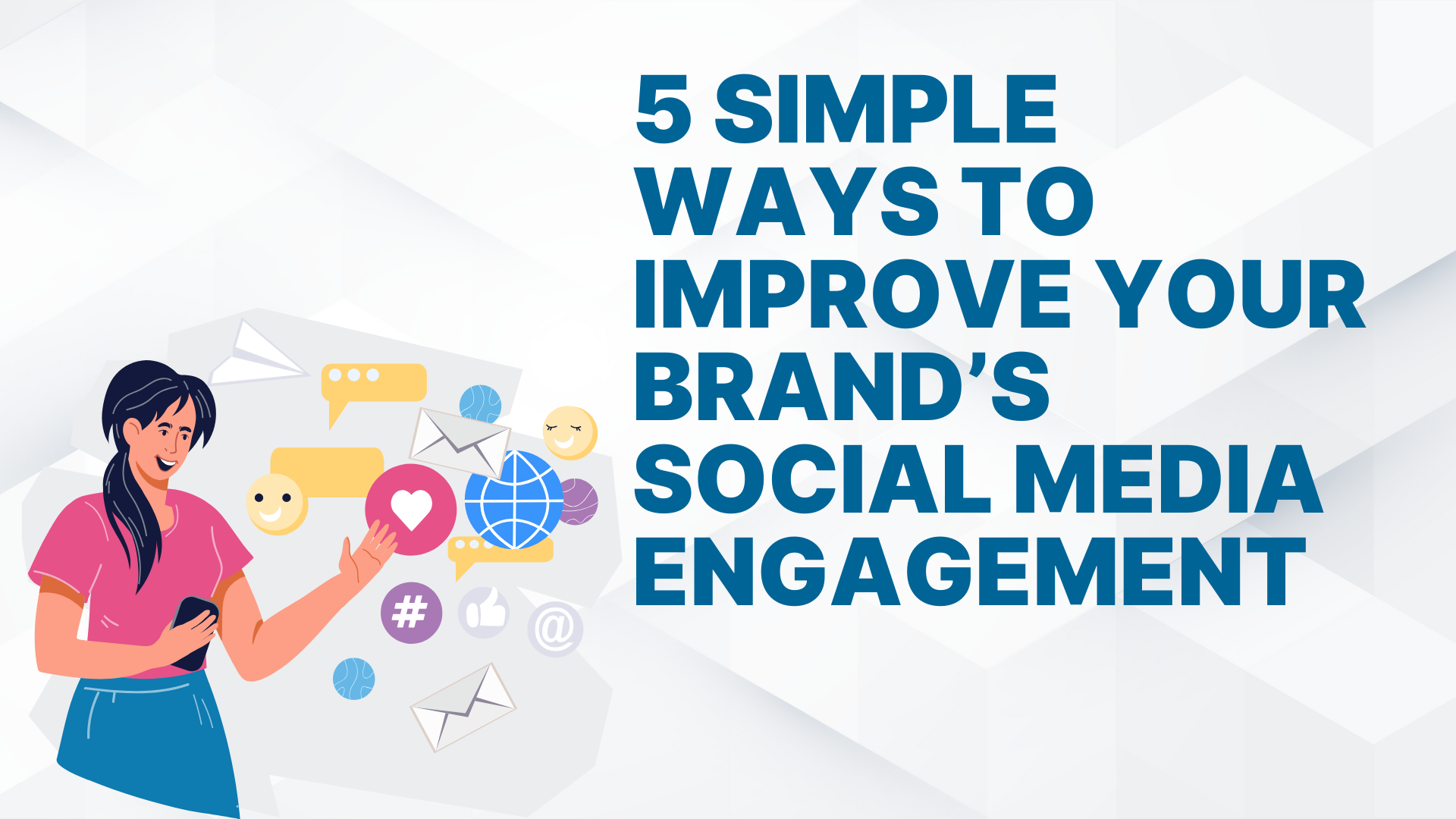Why do some websites rank so highly on Google while others barely get noticed? The secret lies in creating an excellent user experience (UX). A great UX goes beyond aesthetics; it impacts how your website’s SEO will perform. Improving your site’s UX through establishing a seamless mobile design or optimizing your page’s load time can dramatically change how search engines and consumers view your site.
When did you last have the opportunity to hit a link in a search result and have to leave immediately due to the slow and complicated interface? It’s frustrating, isn’t it? But here’s the thing: you are not alone. The relationship between UX and SEO has emerged more distinctly over time. Instead of focusing solely on keyword placements, it has become more about creating an online experience that users genuinely enjoy. At the end of this article, you will know why and how a great UX can benefit your SEO.
The Connection Between SEO and UX
Google places much emphasis on satisfying the user. This means you can easily make or break your website’s search functionality based on usability alone. Therefore, you must work on the user experience alongside utilizing SEO tools all in one to optimize your site.
Google’s Core Web Vitals, launched in 2021, brought about a switch. They prioritize page speed, visual stability and interactivity—all of which fall squarely under the UX umbrella. To put this into perspective, Think with Google highlighted that 53% of mobile users often leave a site if it takes more than three seconds to load.
If you think that is merely a figure, then you are wrong. It is a wake-up call for website owners to optimize their user experience. When users have negative experiences on your site, like refusal to load, they leave, and when they leave, your site’s ranking can take a hit.
Why Mobile Optimization is Non-Negotiable
Here is a fact you probably did not know: Mobile devices now account for nearly 60% of all web traffic worldwide. That stat, reported by Statista in 2024, should convince you to take mobile optimization seriously. But here is the plot twist: Success is no longer about having a mobile-friendly website but rather a user-friendly website for all gadgets.
On March 26, 2018, google rolled out something rather intriguing: mobile-first indexing. This means that your site’s mobile version is now the primary focus for determining search rankings. In other words, even if your full site is optimized, your SEO will take a hit if your mobile site is substandard.
Why the shift? Well, here is the thing: people have shifted to browsing, shopping and reading reviews on their phones. Therefore, if your site isn’t mobile responsive or easy to navigate on a smaller screen, you’re effectively shutting the door on potential visitors.
Reducing Bounce Rates with Better Design
Have you ever visited a site, looked at the design and instantly closed the tab because it looked old, as if it had not been updated since 2005? You’re not alone. High bounce rates are mostly associated with bad design and usability. According to Semrush, websites with bounce rates below 50% are far more likely to rank higher on Google.
Consider this: How can search engines consider your site valuable if visitors do not interact much with the posts on the site? A well-designed site with helpful, reliable, people-first content can make all the difference. Amongst the factors that help decrease bounce rates, some main ones include proper navigation, lively images and content organization.
But getting rid of bounce rates is not just about ensuring people spend more time on the site. It is also about making them socialize. Good internal linking can be highly useful, helping visitors to discover more of your pages and consume more of your content. The longer they stay, the better the parameters of their ‘engagement’ and your overall SEO.
Building Trust Through Seamless UX
Let’s talk about trust. It sounds like an obvious one that doesn’t connect to SEO straightaway, but it is quite relevant. A trustworthy, secure site benefits users and search engines because it sticks to the rules and avoids bringing in “bad” traffic. Search engine guidelines now reward sites that display authority, and a clean and efficient design is one of the simplest ways to earn that trust.
Such trivial things as readable fonts, complete brand identification and clear calls to action make a user quite sure about the site. The same goes for testimonials, reviews or case studies, which are also very popular. According to a survey by Edelman, 81% of consumers prioritize trust and security when interacting with online platforms - everyone wants to stay safe in the online space. As such, suppose the layout or design of your site appears unkempt; users will be suspicious of your authenticity, and so will search engines.
Conclusion
In the simplest sense, SEO and UX are two sides of the same coin. There is no way you can have one and not have the other. Through mobile optimization, lowering bounce rates and instilling trust through clean design, you benefit from increased search ranking, but more importantly, you will have a site people want to visit. So, does great UX make SEO better? Absolutely. Every change you make for your users is also good for SEO.

















Post Comments